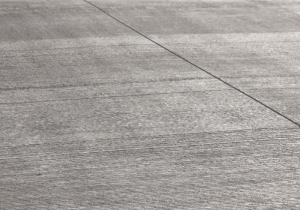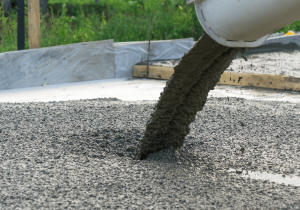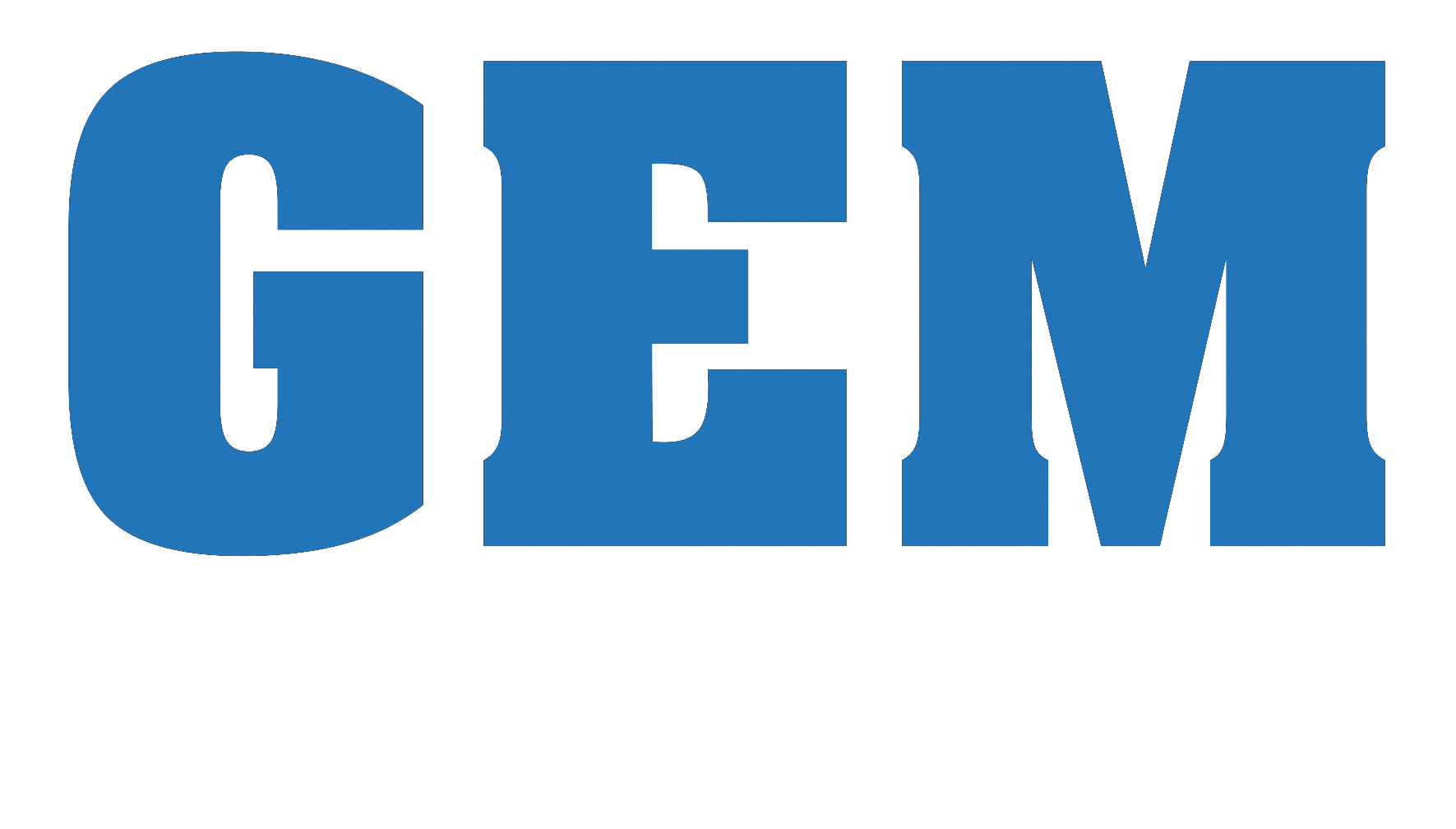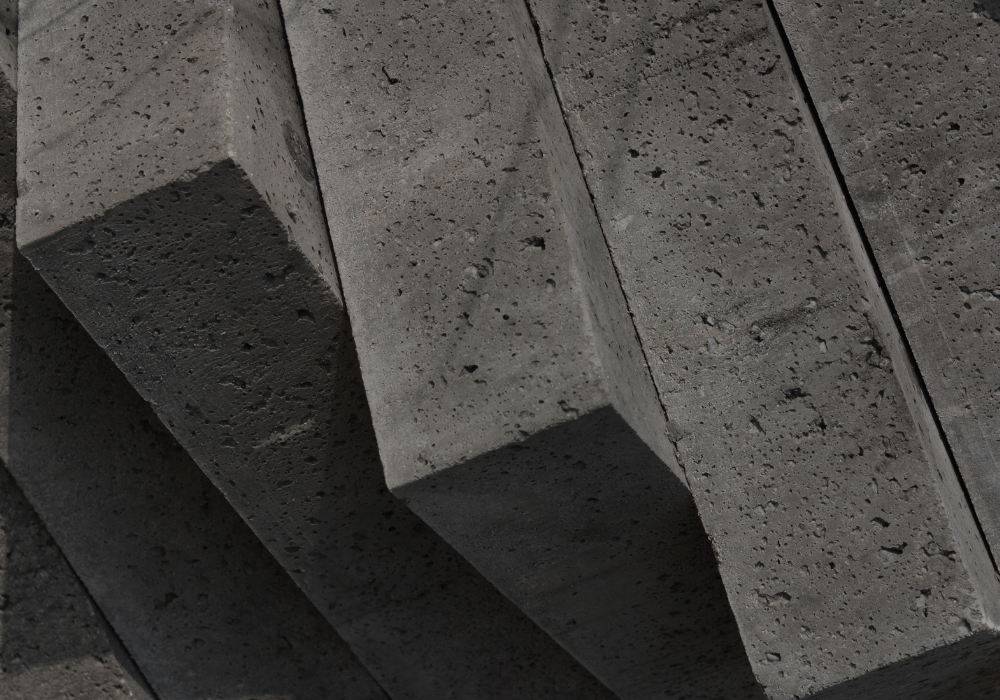From providing a stable base for a new hot tub to creating the perfect floor for a garden shed, well-built concrete pads are one of the most versatile and valuable additions you can make to your property. These simple, flat-poured slabs of concrete are foundational workhorses, offering a durable and level surface for a huge range of outdoor structures and activities. While they may seem straightforward, a professionally installed concrete pad is an engineered solution designed for stability and longevity.
Many homeowners recognize the need for a solid base but may not be sure where to start. What size do you need? How thick should it be? What does the installation process involve? Understanding the fundamentals of concrete pads can help you plan your next project with confidence. This guide will cover everything you need to know about their uses, benefits, and the importance of a professional installation.
What Exactly Are Concrete Pads?
 At its most basic, a concrete pad is a flat, horizontal slab of concrete poured on the ground. Unlike a building foundation, which includes footings and foundation walls, a pad is typically a single, monolithic slab. Its primary purpose is to create a stable, level, and permanent surface that can support a significant amount of weight without shifting, settling, or deteriorating over time.
At its most basic, a concrete pad is a flat, horizontal slab of concrete poured on the ground. Unlike a building foundation, which includes footings and foundation walls, a pad is typically a single, monolithic slab. Its primary purpose is to create a stable, level, and permanent surface that can support a significant amount of weight without shifting, settling, or deteriorating over time.
These pads are essential for any structure or piece of heavy equipment that requires a solid footing. Placing a shed or a hot tub directly on the soil or on a makeshift base of gravel or patio stones will inevitably lead to problems. The ground will shift, settle unevenly, and become unstable, causing the structure to tilt, warp, or become damaged. Concrete pads eliminate this issue entirely by creating a permanent, engineered base.
Common Uses for Concrete Pads on Your Property
The versatility of concrete pads is one of their greatest strengths. They provide a practical solution for countless residential needs, improving both the functionality and usability of your outdoor space.
- Hot Tub and Swim Spa Base: A hot tub filled with water and people can weigh several thousand kilograms. A concrete pad is the only recommended base that can safely support this immense weight without cracking or settling, ensuring your investment is secure.
- Shed and Workshop Foundation: A concrete pad provides a solid, level floor for any garden shed, workshop, or storage building. It keeps the structure off the damp ground, preventing rot and pest infestations, while creating a clean and durable interior floor.
- Generator Pad: Heavy-duty home backup generators require a stable and vibration-resistant base. A concrete pad ensures the generator remains level and secure, which is crucial for its proper operation and longevity.
- Air Conditioner Condenser Unit: Placing your AC unit on a dedicated concrete pad keeps it level and off the ground. This prevents it from sinking into the soil, improves air circulation, and keeps dirt and debris from clogging the unit.
- Patio and Outdoor Seating Area: While often more elaborate, a simple concrete pad can serve as a clean, durable, and low-maintenance patio surface, perfect for a barbecue area or a small seating arrangement.
The Key Benefits of Choosing Concrete
When it comes to creating a stable base, concrete is the undisputed champion for several important reasons. Its inherent properties make it the ideal material for a long-lasting and worry-free installation.
- Unmatched Strength and Load-Bearing Capacity: Concrete’s primary advantage is its exceptional compressive strength. A professionally installed pad is engineered to support immense, concentrated loads without failing. This structural integrity is non-negotiable for heavy items like hot tubs and large sheds.
- Superior Durability and Longevity: Concrete is built to last. When mixed, poured, and cured correctly, concrete pads can easily withstand the harsh Canadian weather, from intense summer heat to deep winter freezes. They resist rot, pests, and fire, ensuring a service life that can span decades with minimal maintenance.
- Stability and a Perfectly Level Surface: Unlike gravel or paver bases that can shift and settle over time, a concrete pad provides a permanent, immovable, and perfectly level surface. This stability is critical for the proper functioning and structural integrity of whatever is placed on top of it.
- Low Maintenance: Once installed and cured, a concrete pad requires very little upkeep. There are no weeds to pull, no stones to re-level, and no rot to worry about. An occasional cleaning with a hose or pressure washer is all it takes to keep it looking great.
The Professional Installation Process: What to Expect
 Creating a high-quality concrete pad that will last for decades is a multi-step process that requires precision and expertise. While it might look simple, each step is crucial for the final outcome. This is why a professional installation is so important.
Creating a high-quality concrete pad that will last for decades is a multi-step process that requires precision and expertise. While it might look simple, each step is crucial for the final outcome. This is why a professional installation is so important.
Step 1: Site Preparation and Excavation: The process begins with carefully marking out the area and excavating the soil to the required depth. The depth depends on the pad’s intended use and local soil conditions.
Step 2: Building a Solid Sub-base: A layer of compacted granular aggregate (like gravel) is laid in the excavated area. This sub-base is the true foundation of the pad. It provides a stable layer for the concrete and ensures proper drainage, which is critical for preventing heaving during freeze-thaw cycles.
Step 3: Forming: Wooden or metal forms are built around the perimeter of the pad. These forms act as a mold, holding the wet concrete in place and defining the final shape and height of the slab.
Step 4: Pouring and Finishing the Concrete: The concrete, mixed to specific strength requirements, is poured into the forms. The crew then expertly levels and smooths the surface using various tools. Depending on the desired outcome, a non-slip broom finish is often applied.
Step 5: Curing: This is the final and one of the most critical steps. The concrete must be allowed to cure properly, a chemical process where it hardens and gains its strength. Professionals may use curing compounds or coverings to control moisture loss and ensure a strong, crack-resistant final product.
Whether you’re planning to install a new hot tub, build a workshop, or secure a backup generator, a professionally installed concrete pad is the most important first step. It is the foundation upon which your project’s success and longevity are built.
At GEM Concrete, we specialize in creating high-quality, custom concrete pads tailored to the specific needs of your project. Our experienced team understands the science behind a perfect installation, from proper site preparation to expert finishing. We ensure that every pad we pour is strong, level, and built to provide decades of reliable performance. Explore our work on concrete pads to see the quality we bring to every job.
Don’t leave your valuable investments sitting on shaky ground. Contact us today to discuss your project and get a free, no-obligation quote from our team of concrete specialists.

